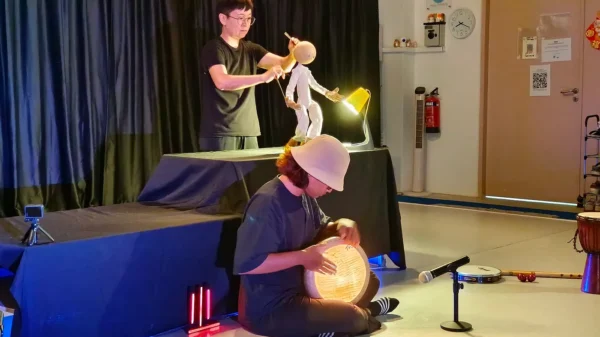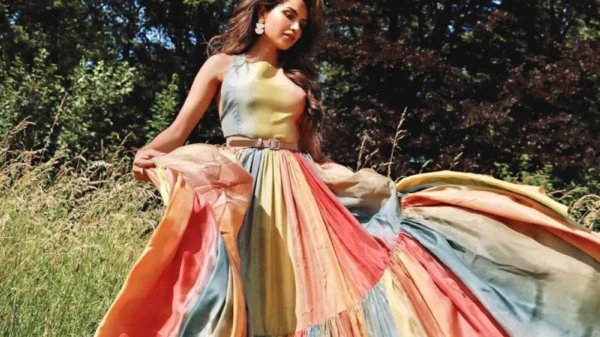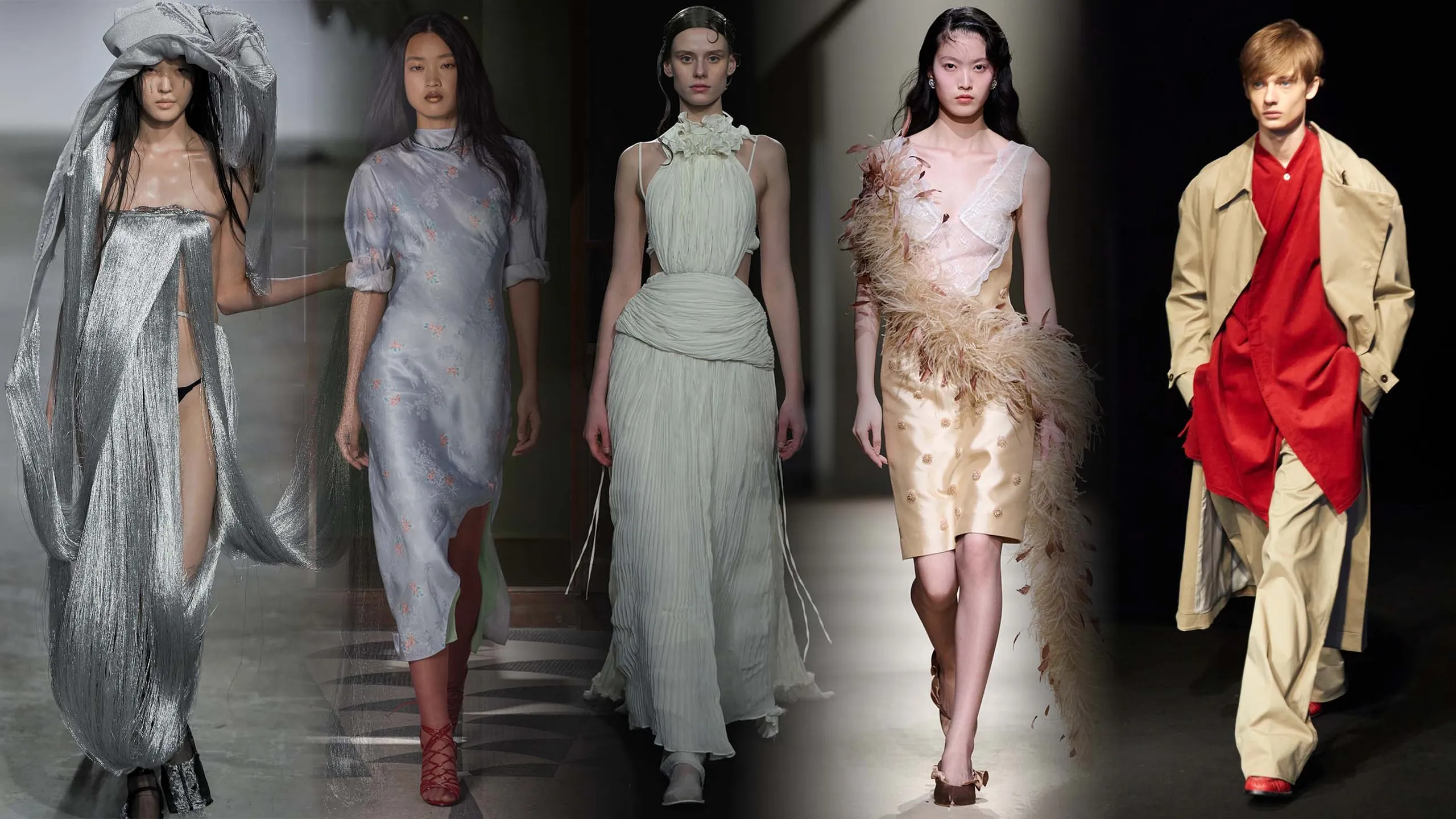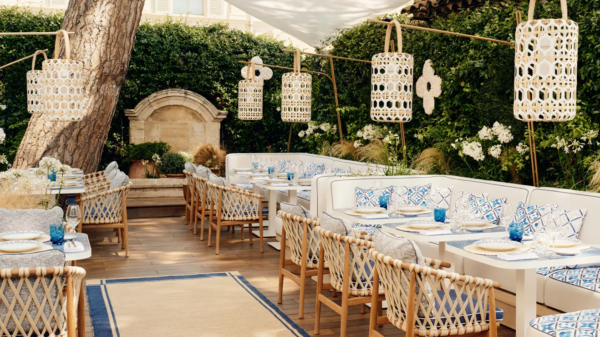Historical Significance of the Mamianqun
The Mamianqun, also known as the ‘horse face skirt,’ holds a prominent place in Chinese cultural heritage. Tracing its origins to the Ming (1368-1644) and Qing (1644-1912) dynasties, this traditional garment was not merely a fashion statement but a symbol deeply intertwined with societal values and customs. The unique design of the Mamianqun, characterized by its distinct pleats and structured panels, served both functional and symbolic purposes.
Initially, the Mamianqun was designed to facilitate ease of movement while maintaining an elegant appearance. The pleats allowed for greater mobility, which was especially useful for women engaged in various activities, ranging from daily chores to ceremonial functions. The term ‘horse face’ refers to the overlapping structure of the skirt, which resembles the face of a horse, a design that ensured modesty and grace.
In terms of cultural significance, the Mamianqun was more than just apparel; it was a manifestation of social status and identity. During the Ming and Qing periods, the skirt was worn by women across different social strata, from royalty to commoners, though the materials and embellishments varied accordingly. The intricate patterns and high-quality fabrics often used in the skirts of the upper classes signified wealth and nobility, while simpler versions were worn by the general populace.
The Mamianqun was traditionally worn during significant life events and festivals, such as weddings, Lunar New Year celebrations, and official ceremonies. Its presence in these important occasions underscored its role as a staple in classical Chinese attire, embodying the aesthetics and values of the era. The skirt’s enduring appeal lies in its ability to blend functionality with elegance, making it a timeless piece of clothing that continues to capture the interest of modern fashion enthusiasts.
Modern Interpretations and Popularity in Urban China
The Mamianqun, a traditional Chinese garment, has experienced a contemporary revival in major cities such as Shanghai, Beijing, and Chengdu. This resurgence is being driven primarily by young people who are reinterpreting the Mamianqun by pairing it with unconventional accessories and modern fabrics. This blend of old and new has allowed the Mamianqun to become a staple not only in everyday fashion but also for special occasions. The integration of modern elements ensures that the garment remains relevant in today’s fast-paced urban lifestyle.
Fashion influencers and designers play a significant role in promoting the Mamianqun on social media platforms like Weibo and Instagram. These influencers often showcase how the Mamianqun can be styled with contemporary accessories, such as sneakers, leather jackets, and statement jewelry. Additionally, designers are experimenting with modern fabrics like denim and synthetic blends, further pushing the boundaries of traditional fashion. Such creative interpretations have made the Mamianqun appealing to a broader audience, including those who may not have initially been interested in traditional attire.
The popularity of the Mamianqun in urban settings is not merely a fashion statement; it also reflects a deeper cultural significance. The younger generation’s embrace of this traditional garment signifies a renewed connection to their heritage, even as they seek to innovate within traditional frameworks. This trend highlights a desire among young people to preserve cultural elements while also making them relevant to contemporary fashion sensibilities. This balance of tradition and modernity speaks volumes about the evolving identity of urban Chinese youth and their approach to cultural preservation.
Ultimately, the modern resurgence of the Mamianqun in urban China symbolizes a harmonious blend of historical reverence and modern-day innovation, making it a fascinating subject of study within the realms of fashion and cultural studies.




































